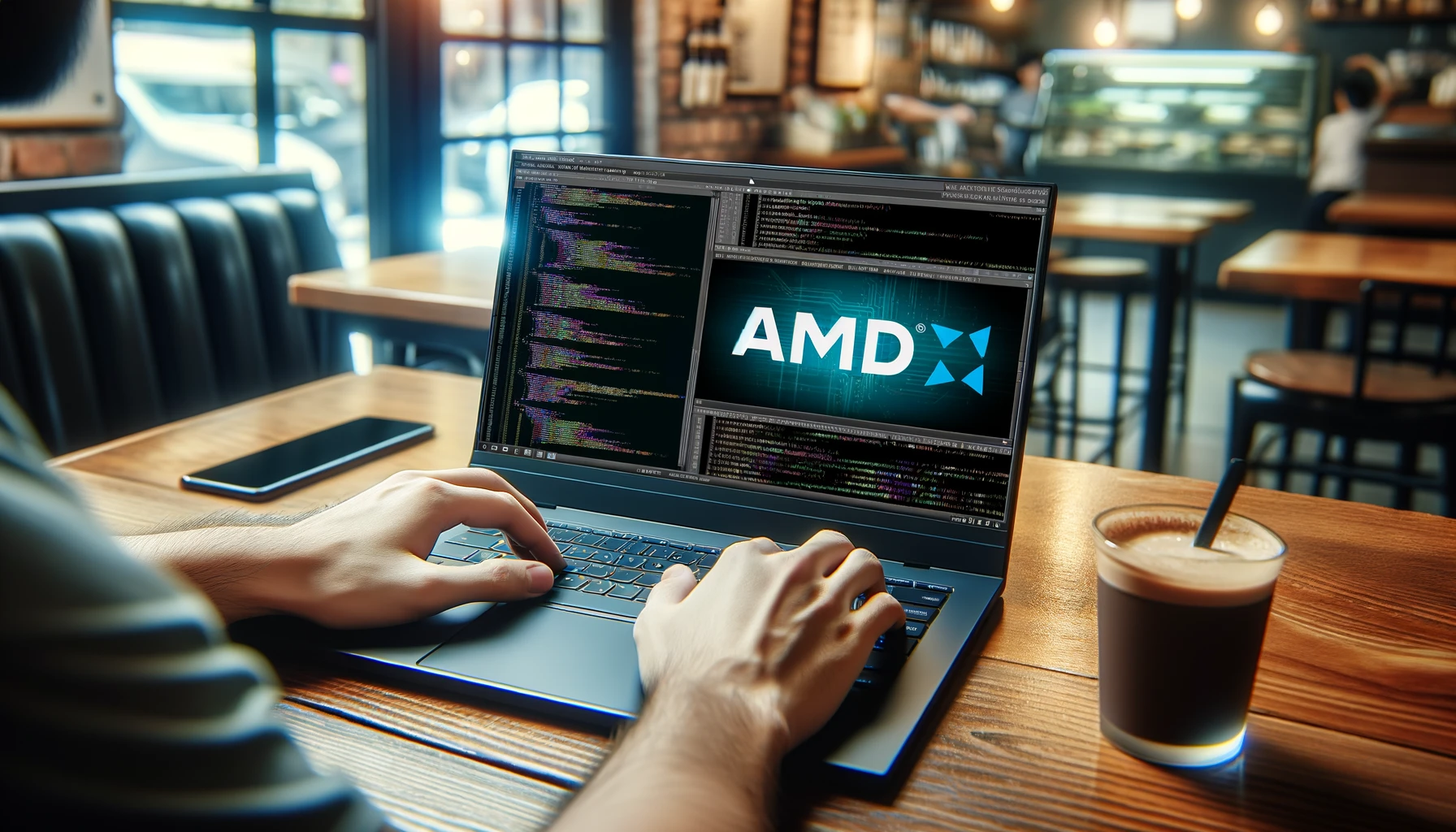The tech community buzzes with discussions around the latest hardware releases, especially when it pertains to graphics processing units (GPUs). Recently, AMD’s upcoming RX 8000 series has sparked debate due to rumors about its memory specifications. This development has left enthusiasts and analysts divided on how these alleged slower memory speeds might impact the overall performance and market competitiveness of these GPUs. Adding context to this, it’s essential to consider how GPU memory influences gaming and professional applications, as it directly affects data throughput and processing efficiency.
Impact of Memory Specifications on GPU Performance
Memory speed in GPUs is crucial as it determines how quickly the GPU can access data and execute processes. Slower memory might suggest potential bottlenecks in high-intensity computing tasks. However, the architecture of a GPU can compensate for these limitations to an extent. AMD has historically optimized its architectures to balance out memory speed constraints, which might still hold true for the RX 8000 series.
Market Reactions and Consumer Expectations
Whenever rumors surface about new tech products, market reactions can range from skepticism to premature excitement. The chatter surrounding the RX 8000 series reflects a cautious optimism among AMD enthusiasts, who are curious to see if the company will overcome the purported memory speed hurdles. Consumer expectations are now shaped by a mix of speculation and historical performance, awaiting real-world tests to validate or refute these claims.
In tech discussions, it’s common to see a historical context being drawn to predict future outcomes. Previously, whenever new GPUs were announced, a similar cycle of rumors and speculations occurred, reflecting on how past products managed to exceed initial expectations despite early doubts about their capabilities. This pattern suggests that the final performance of AMD’s RX 8000 GPUs could still surprise on the upside, reminding stakeholders to await empirical evidence before drawing conclusions.
In a related discussion, an article from Gizmodo titled “Tech Giants’ Battle for Superiority: Innovations in GPU Technology” and another from Engadget called “Overcoming Hardware Limitations: Success Stories from the Tech World” both highlight how companies like AMD often navigate initial setbacks through subsequent innovations and optimizations. These articles underline the resilience of tech companies in adapting to challenges and turning potential weaknesses into competitive advantages.
Furthermore, a scientific paper published in the Journal of Computer Graphics Techniques, titled “Optimizing GPU Architecture for Improved Memory Utilization,” delves into methods that enhance GPU performance irrespective of inherent memory speed limitations. The study points out several techniques, such as improved cache management and parallel data processing strategies, which can significantly mitigate the impact of slower memory speeds on overall GPU performance.
Insights from Current Discussions
As we dissect the implications of the rumors about AMD’s RX 8000 GPUs, it becomes clear that while memory speed is a significant factor, it is not the sole determinant of a GPU’s performance. The broader architecture and the ability of the company to innovate around potential bottlenecks often play a critical role. Therefore, rather than relying solely on speculative data, observing the GPUs’ performance upon release will provide a more concrete basis for evaluating their market potential. Ultimately, this understanding enriches our anticipation and readiness for adapting to new technological advancements in the GPU market.










